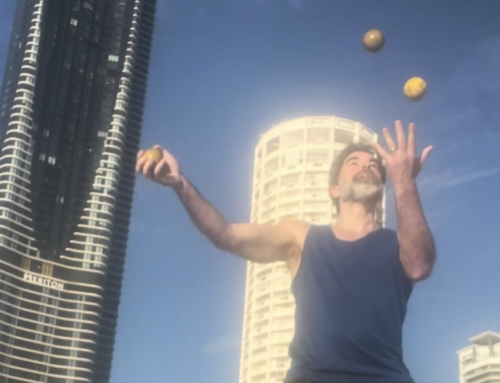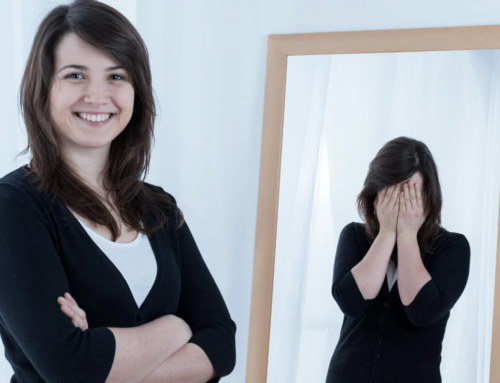I don’t do Parkour anymore.
Parkour is, admittedly, a young man’s sport. Most traceurs are teens with lithe, athletic bodies that haven’t been injured yet.
I got into the sport late in life, in my 30s. Luckily, I had a background in yoga, physical theater, and acrobatics. After my first round of P90X, I was able to throw myself wholeheartedly into the vaults and kongs that make Parkour the art of momentum.
There is a phenomenon which happens after the first month or two of training seriously. This phenomenon, recognized universally by all members of the parkour community, is the driving force behind the dedication of the practicioners of this solo sport. It is called the traceur’s gaze.
When practicing parkour in an urban environment for a sustained period of time, the athlete begins to see their environment in a unique way.
After spending hours, weeks, and months running at obstacles, drenched in sweat, and learning to make decisions about the safest and fastest way to move through them with only instinct guiding you, this becomes a habit of thinking that embeds itself in your subconscious.
While walking around in normal, daily life, the traceur’s gaze stays with you.
And not just in movement; in the abstract areas of your life, in your relationships, your circumstances, and your plans, you acquire the ability to fluidly move through them all by instinct and momentum.
Alas, it fades.
I officially retired from Parkour when we moved to Costa Rica. The buildings here are not built with the same structural safety and codes as those in the States; most houses have tin sheet roofs, barely able to withstand the weight of a single man walking slowly.
I am older, my body is accumulating creakiness and crankiness from the various injuries I have sustained in the past, and I can no longer risk that I could incapacitate myself and lose my ability to provide for my young children.
Retiring from the sport was the right thing to do.
But now I find that I have lost that most cherished perspective, earned through my sweat and physical improvisation. The ability to see my environment, and my life, as easy obstacles to be overcome with training and momentum, confidence and ingenuity, is a unique perspective that I mourn having lost.










I like how you used the photos to demonstrate parkour vision. Simple areas that others pass through without noticing anything can virtually yell possibilities at a traceur. Just starting to learn parkour in out 30’s also, we hope that practicing will be a fun and equipment less way to stay in shape during some planned long term traveling.
Definitely a great way to stay fit without a gym. But parkour while travelling – that could get dicey, if you’re always training in a new environment. I always trained in the same city, so I got to know the environments really well.
[…] and during that time my strategy for learning parkour needs to adapt. A blog post about practicing parkour overseas made me wonder if structures in rural Ghana are suitable for parkour. If they are not what will I […]
I was just thinking of you the other day when Portland released a new Groupon for Parkour lessons. I don’t know if that’s cool. On the one hand: awesome that more people get to learn about parkour. On the other hand, bummer for those who are intimately connected to the sport, having the tantalizing mystery commercialized. Ah well, but isn’t that often the way it goes?
The more the merrier, I say. Whether we like it or not, Parkour is being commercialized right now. If it brings more people into the fold, I count that as a win.
[…] My body is in excellent health, due to a lifetime of Yoga, juggling, and the odd bit of Parkour. […]
[…] retired from Parkour for two […]